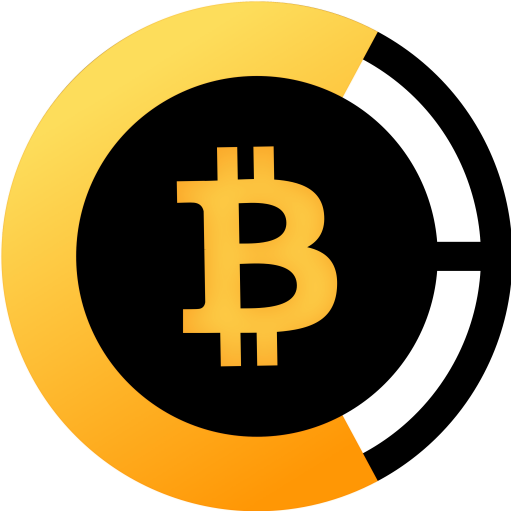An Initial Coin Offering, also commonly referred to as an ICO, is a fundraising mechanism in which new startups(not neccasrily, could be old running companies) sell their crypto tokens in exchange for bitcoin and ether. It’s somewhat similar to an Initial Public Offering (IPO) in which investors purchase shares of a company.
ICOs are a relatively new phenomenon and is one of the hottest thing to talk about in 2018. By far it has been a dominant topic of discussion within the blockchain community. Many view ICO projects as unregulated securities that allow founders to raise an unjustified amount of capital, while others argue it is an innovation in the traditional venture-funding model. Beware more then 80% of ICO’s are fake and have no future and just instant cash.
The most important criteria to consider is whether or not the token passes the Howey test. If it does, it must be treated as a security and is subject to certain restrictions imposed by the SEC.

The “Howey Test” is a test created by the Supreme Court for determining whether certain transactions qualify as “investment contracts.” If so, then under the Securities Act of 1933 and the Securities Exchange Act of 1934, those transactions are considered securities and therefore subject to certain disclosure and registration requirements.
ICOs are easy to structure because of technologies like the ERC20 Token Standard, which has alot of prebuilt and functional infrastructure to build a token.
Most ICOs work by having investors send funds (usually bitcoin or ether) to a smart contract that stores the funds and distributes an equivalent value in the new token at a later point in time.
There are not much restrictions as to who can participate in an ICO, assuming that the token is not, in fact, a security. Since you’re taking money from a global pool of investors, the sums raised in ICOs can be gigantic in millions of dollars. A fundamental issue with ICOs is the fact that most of them raise money pre-product. Yeah, you heard it right, it is just an idea and nothing tangible there. But only an idea is all it takes to change the worl, or atleast company going for IPO’s world. This makes the investment extremely risky and speculative. The counter argument is that this fundraising style is particularly useful (even necessary) in order to incentivise development.
Before we get into a discussion over the merits of ICOs, it is important to have some historical context for how the trend started.
History of ICOs
Several projects used a crowdsale model to try and fund their development work in 2013. Ripple pre-mined 1 billion XRP tokens and sold them to willing investors in exchange for fiat currencies or bitcoin. Ethereum raised a little over $18 million in early 2014 — the largest ICO ever completed at that time.
The DAO was the first attempt at fundraising for a new token on Ethereum. It promised to create a decentralized organization that would fund other blockchain projects, but it was unique in that governance decisions would be made by the token holders themselves. While the DAO was successful in terms of raising money — over $150 million — an unknown attacker was able to drain millions from the organization because of technical vulnerabilities. The Ethereum Foundation decided the best course of action was to move forward with a hard fork, allowing them to claw back the stolen funds.
Although the first attempt to fund a token safely on the Ethereum platform failed, blockchain developers realized that using Ethereum to launch a token was still much easier than pursuing seed rounds through the usual venture capital model. Specifically, the ERC20 standard makes it easy for developers to create their own cryptographic tokens on the Ethereum blockchain.
Some argue that crowdfunding projects might be Ethereum’s “killer application” given the sheer size and frequency of ICOs. Never before have pre-product startups been able to raise this much money and in this little time. Aragon raised around $25 million in just 15 minutes, Basic Attention Token raised $35 million in only 30 seconds, and Status.im raised $270 million in a few hours. With few regulations and such ease of use, this ICO climate has come under scrutiny from many in the community as well as various regulatory bodies around the world.
Are ICOs Legal?
The short answer is maybe. Legally, ICOs have existed in an extremely gray area because arguments can be made both for and against the fact that they’re just new, unregulated financial assets. The SEC’s recent decision, however, has since managed to clear up some of that gray area. In some cases, so the token is simply a utility token, meaning it gives the owner access to a specific use or product; thus it may not be classified as a financial security. On the other hand, if the token is an equity token(like in shares world), then it’s only purpose is to appreciate in value, it looks a lot more like a security.
While many individuals purchase tokens to access the underlying platform at some future point in time, it’s difficult to refute the idea that most token purchases are for speculative investment purposes. This is easy to ascertain given the valuation figures for many projects that have yet to release a commercial product.
The SEC decision may have provided some clarity to the status of utility vs security tokens; however, there are still plenty of room for testing the boundaries of legalities. For now, and until further regulatory limits are imposed, entrepreneurs will continue to take advantage of this new phenomenon.
